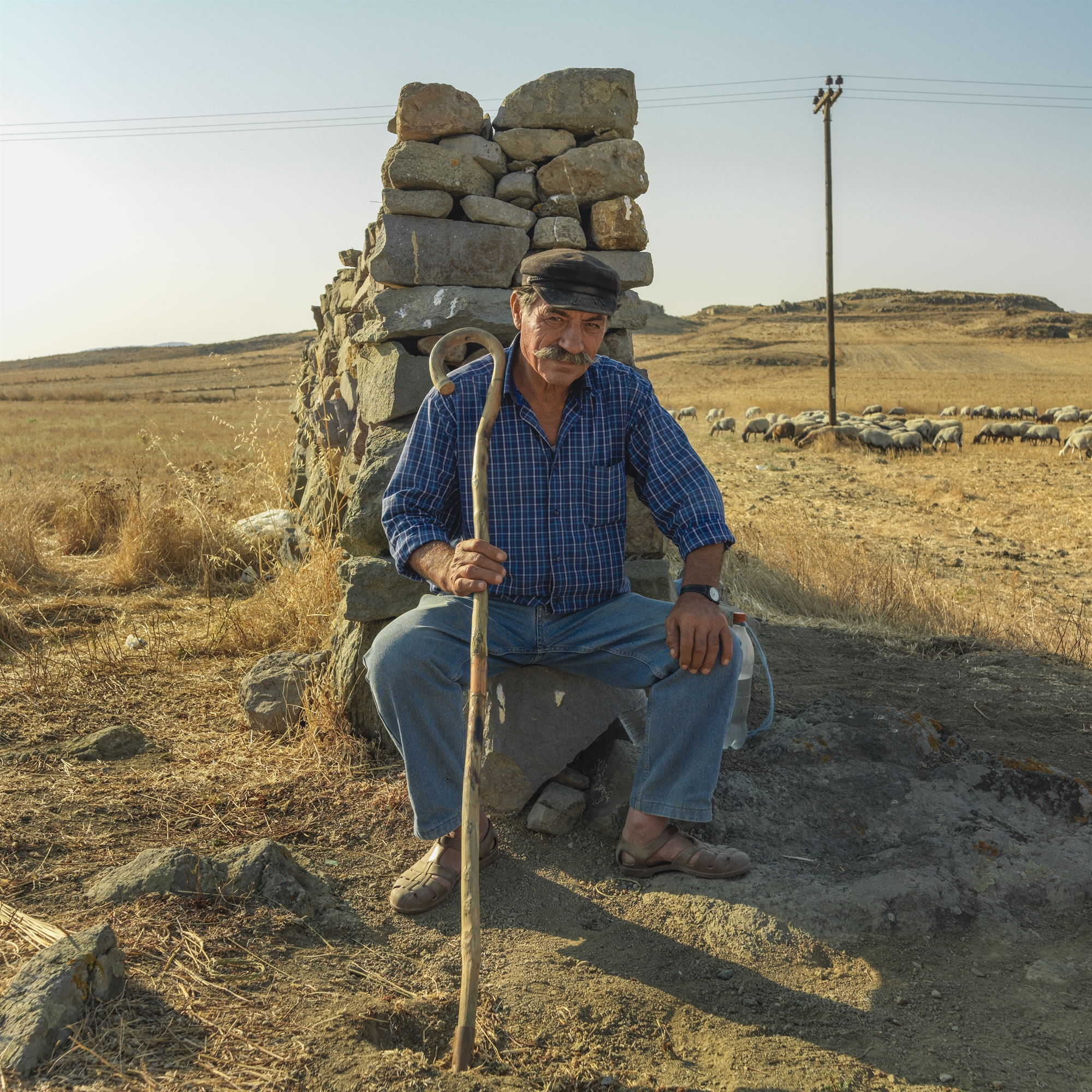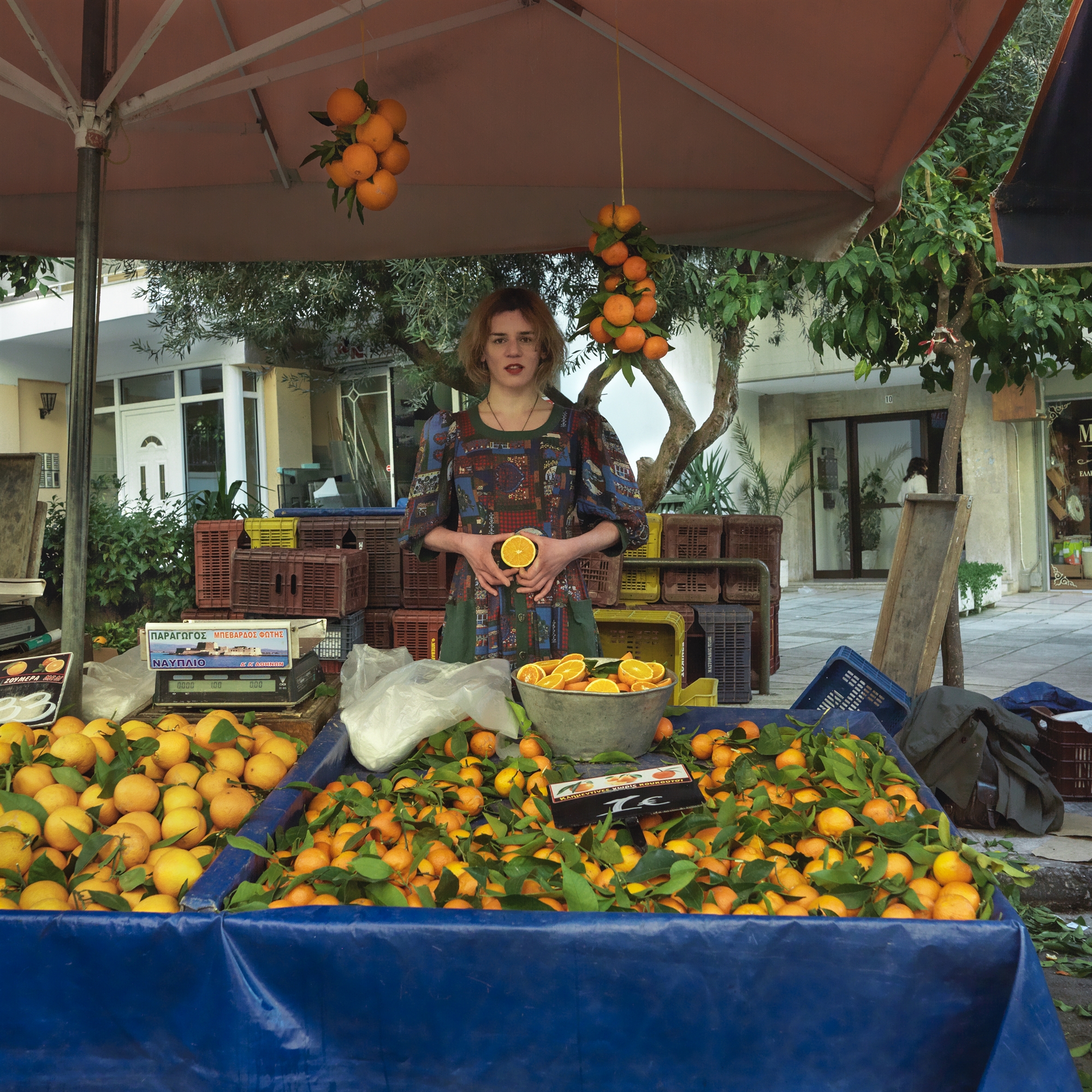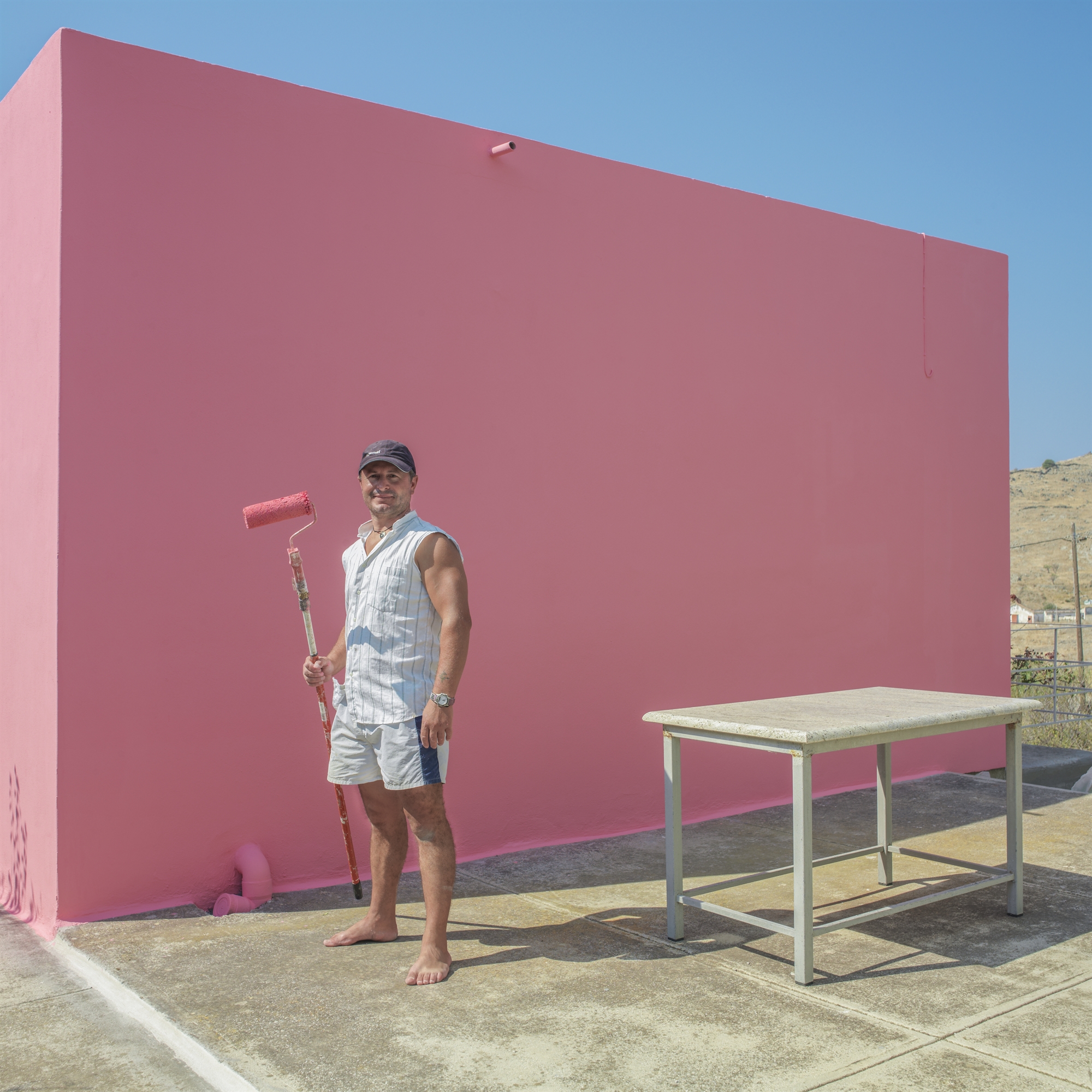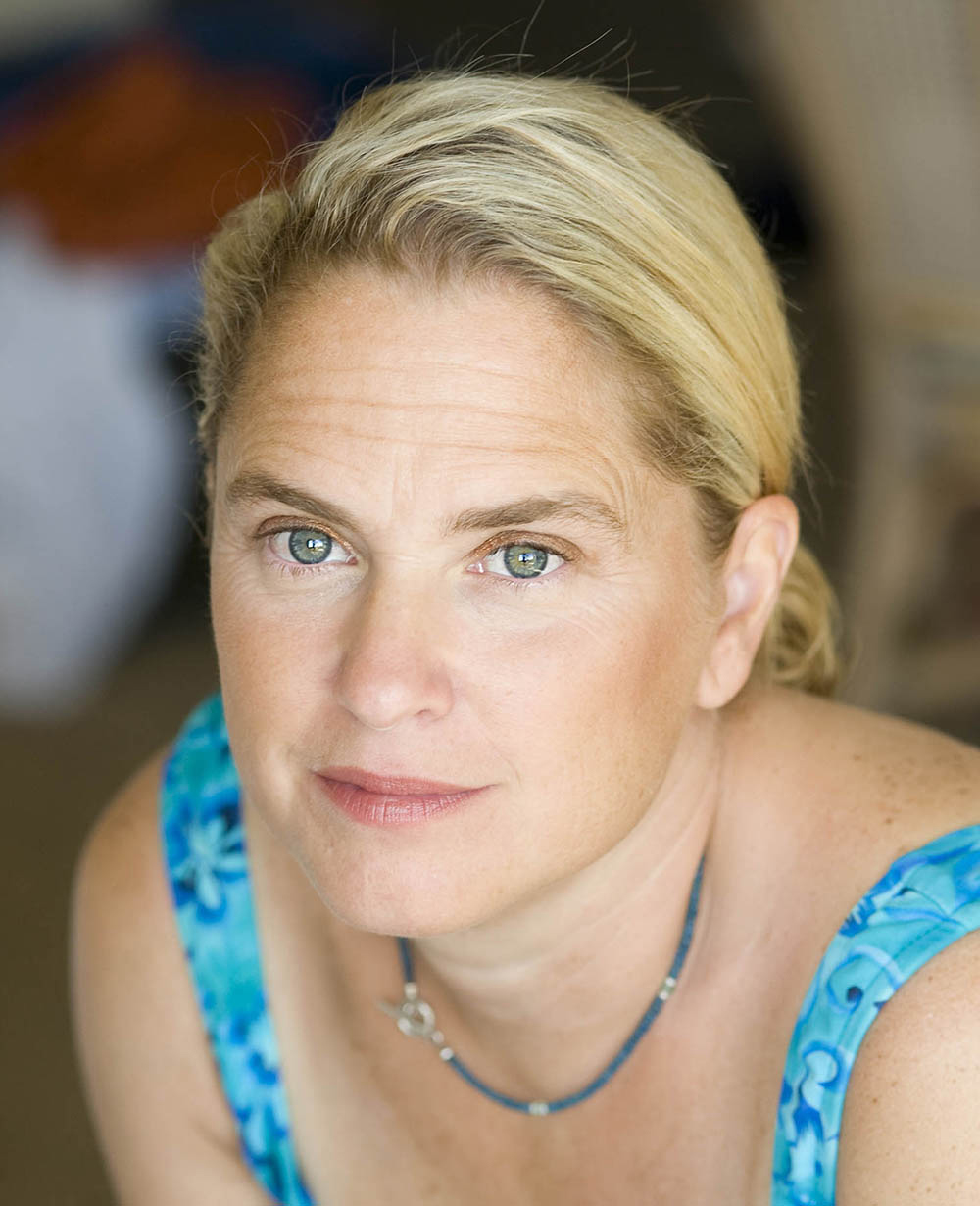
Greece, early September 2007. A thin young man with a camera in his hand wanders through the vast empty area of our former national airport. Looking at abandoned planes left there six years ago, since the airport closed in 2001, he feels a nostalgia that comes from somewhere long ago. He remembers how, in the early 1970s, as a young child at the time, he first flew with his parents to his place of origin, Lemnos, and countless times, that in that classic large Eastern Airport lounge, he I was looking forward to my father’s return from a trip abroad. Alexandros Lambrovasilis maintained this habit for a long time. He visited Elliniko for many years, creating photographic documents full of memories and the smell of Saronic.
In 2011, he met an American colleague, Caroline Russo, who had the same passion as him. She also photographed airports for several years. The two met through their joint participation in the Focus in the Deep of America exhibition organized by curator Yang Li as part of the 14th Lishui Photography Festival in China, and this was to be the beginning of a long-term collaboration.
In 2014, Rousseau, as curator of the art collection at the Smithsonian National Air and Space Museum in Washington, D.C., selected a series of photographs of Elliniko’s Lambrovassilis to become part of the museum’s permanent collection. And this time, he is including six portraits of the Greek photographer in an important international exhibition organized by the Museum called Faces of Our Planet.
The Faces of Our Planet exhibit at the Smithsonian Institution’s National Air and Space Museum opens October 14.
The exhibition will open on October 14 and aims to explore how globalization affects the cultural, social and personal perceptions of people around the planet. On this occasion, we spoke to two photographers, a Greek and an American, who met in China through their joint participation in an international exhibition, creating together a small creative episode in the big complex drama of a globalized planet.
lambrovassilis.com, airandspace.si.edu

Athens, Lemnos, USA are my three “homelands”.
– I started approaching the topic in April 16th and ended the series on October 18th, photographing people from all over the world between Athens, Lemnos and New York. In total, I presented 27 portraits, of which the curator chose six, focusing on Greece. Alekos Liapis, Mirion Ghioni, Ernestos Argyris, Andreas Kontellis, Dimitra Angelou and Konstantinos Plubis embody aspects of contemporary Greece that are sometimes consonant with deep time, and sometimes with “attention economy”. In their faces I speak with archetypes, with strength and will on earth, in art, science and poetry. I have a familiar and friendly conversation in the familiar places of my childhood, Lemnos and Athens.
Trying to convey something outstanding, not necessarily described, is an exercise and constant acrobatics.
– Indeed, I feel as if I have three “homelands”. Athens is the home of youth and exploration, Lemnos is the home of freedom, wandering, love and peace, and the US is the home of the “dream”, that is, where the dream believes in you. I can already say about Lemnos that this is a starting point, a place where I have been photographing and observing a familiar place over and over again for more than thirty years. This is my workshop where I seek and process landscape experience and narrative performance through photography.
– I always liked and calmed to observe space and people. This placement is an intersection of the flow of events, for when this happens and we focus our attention, time slows down. Photography has become a natural continuation and development of the game of concentration. In addition, in selecting and organizing the content imposed by the frame, trying to convey something outstanding, not necessarily described, is an exercise and constant acrobatics. It is there that I look for a connection with the viewer, in what comes through without being described. Also, a book, a familiar and controlled object, is, in my opinion, the most ideal means of communication with the viewer-interlocutor. The physical connection is important when holding the book in the hands: the texture at the fingertips when turning the pages in a rhythm dictated by the feeling and information when reading each image, this concludes the conversation with the viewer. What does not happen with works on the wall, this view has a distance, from conventionality. Therefore, ideally, to talk about everything that cannot be seen, I think, books.



We are lucky to have Greece represented in our exhibition.
– My first love was photography, and I came to the museum to make a career in this field. But along the way, I learned all about flying and space. It’s funny, but before I came to this job, I had an experience that seemed to be an omen of my future: as a student, for my first assignment in a photography class, I chose an airplane, a map of the world, as the subject of a still life. and a necklace of pearls, items that would later become symbols of important parts of my life.


– Indeed, Alexander and I are united by a common passion for airplanes and airports, as well as for landscapes and portraits. We are also connected by the common experience we had in China, when we both exhibited our photographs at the festival. But what I think most connects me with him is his passionate nature and humor.
Alexander’s endless curiosity and unconstrained ability to understand people are clearly manifested in his images.
– One of my favorite photographs is a photograph of the then disbanded old Lemnos airport. Will he stay like this, to the mercy of time, or will he be lucky enough to find a second youth? These old control towers have a haunting charm in their desolation. But what makes this photo even more special is that it also features Alexandros, a photographer who became famous for his photographs of the ruins of Ellinikon.
“This exhibition gives life to a new gallery in the museum called One World Connected. There we wanted to create a museum collection of objects related to aviation and space, which also sends a message about people and the connections between them. We immediately realized that for this we need to convey to the public some personal human experiences. And a group exhibition of photographic portraits of people from all over the planet, taken by the world’s leading photographers, seemed like a natural choice.
– I have compiled a list of photographers of different styles, nationalities and personalities, so that in their diversity – as well as in subject matter – they can support the central message of the exhibition. Alexandros Lambrovasilis was chosen for his background in portraiture, his professionalism, and the ease with which he connects with people. He is a photographer who looks at the world through his lens with an open mind and heart. His endless curiosity and effortless ability to understand people are things that stand out clearly in his images. We are lucky to have Greece featured in this exhibition, represented by his images from Athens and the Lemnos countryside.
Source: Kathimerini
James Springer is a renowned author and opinion writer, known for his bold and thought-provoking articles on a wide range of topics. He currently works as a writer at 247 news reel, where he uses his unique voice and sharp wit to offer fresh perspectives on current events. His articles are widely read and shared and has earned him a reputation as a talented and insightful writer.